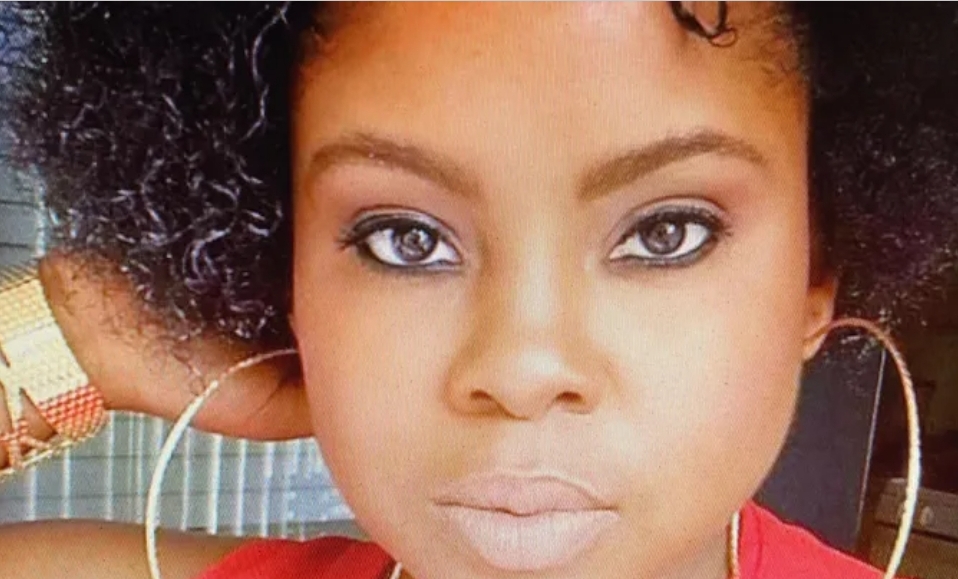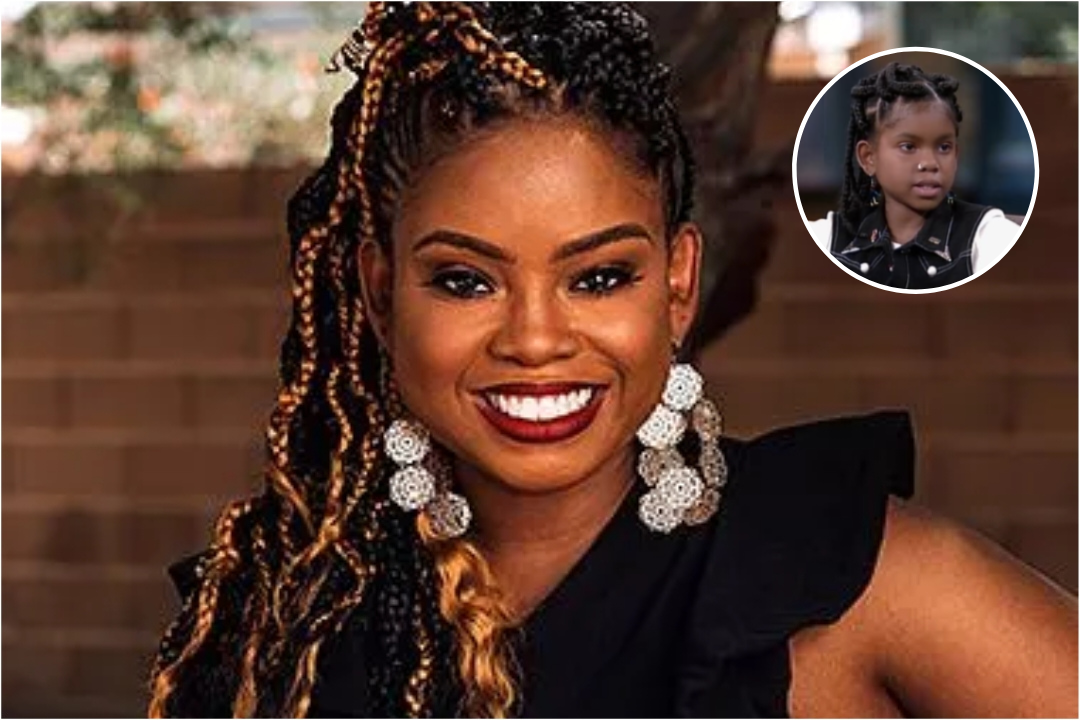Health & Wellness
How the Opioid Epidemic Became America’s Worst Drug Crisis Ever
With more than 52,000 overdose deaths in 2015, the opioid epidemic the worst drug crisis we’ve ever seen. Unfortunately, things are likely to get worse before they get better.

With more than 52,000 overdose deaths in 2015, the opioid epidemic the worst drug crisis we’ve ever seen.
Unfortunately, things are likely to get worse before they get better.
Opioid Epidemic
But how did we get here?
That’s the question that’s on everyone’s mind. And the answer may surprise you.
We’ve come a long way in reducing the stigma of addiction, but we still have a long way to go.
When you think of addiction, it’s easy to blame the addict. It’s easy to think that homeless person with track marks up his arms did this to himself. He’s not like you.
But he might be more like you than you realize.
The scary part about addiction is that it often starts with prescription medications.
It’s not the addict’s fault
Blaming the addict isn’t just counterproductive; it’s incorrect. We’ve learned a lot about addiction in the past decade and here’s what we know for sure: Addiction is a disease. It has been classified as such by various organizations, including the American Society of Addiction Medicine.
Blaming an addict for addiction is like blaming a diabetic for diabetes.
Regardless of how someone started using an addictive substance, addiction is caused by chemical changes that take place in the brain. When someone uses drugs, the brain gets used to the artificial supply of dopamine. The dopamine surge that comes from using opioid drugs is much stronger and more enticing than any you may find from natural pleasures.
Before long, the brain begins to crave the drug. You never know when addiction will take hold, but once it does, you physically need the drugs to keep withdrawal symptoms at bay. Addicts have lost control to the disease of addiction.
The opioid epidemic came from good intentions
Cancer specialists especially wanted to help their patients deal with pain, so they proposed opioid use. Government agencies got on board, and drug companies were all for the boost in business.
We probably should have known better.
We’ve been through this before with opium. By the late 1800s, opium was so common that heroin was sold over-the-counter by Bayer. It wasn’t long before people began crushing and snorting pills.
Heroin addiction became such a widespread problem, and Congress passed an act that made opioids only available by prescription. This act wasn’t meant to limit opioids for those who needed them; it was meant to reduce the recreational use of opioids.
In the 20th century, doctors did their best to find a balance between helping patients manage pain while avoiding addiction.
In an effort to avoid addiction, doctors rarely prescribed opioids for chronic pain. Instead, they relied on non-addictive pain relievers that were also less effective.
One letter started it all
In the 70s, Boston Medical Center researchers conducted a controlled study that showed only four patients with symptoms of addiction out of 11,822 patients who received narcotics. Dr. Hershel Jick, author of the study then wrote a letter to the New England Journal of Medicine with the findings.
Jick later told NPR that the letter was inconsequential at the time. The study was on the safety of narcotics in a controlled hospital environment for a short period of time, but years later, its findings were misrepresented by drug companies to assert the general safety of opioid painkillers.
Doctors began prescribing opioids for all kinds of pain relief, including chronic pain. It wasn’t long before people became addicted.
From opioids to heroin
Opioids are a synthetic form of opium, so they work similarly in the body. When a person becomes addicted to prescription opioids, they will typically start “doctor shopping” to find new doctors that will fill their prescriptions. Once they’ve exhausted all legal options, opioid addicts typically turn to heroin, which is relatively easy to score on the street.
Now, let’s think again about that homeless drug addict with track marks up his arm. His path to addiction may have been more innocent than you think. It’s possible that he got caught up in a wave of addiction because he just wanted to feel better.
Anyone can become a victim of addiction, but education is the best tool for keeping safe.
Photo: Istock
Health & Wellness
Hydeia Broadbent’s father launches GoFundMe following the activist’s death
Hydeia Broadbent passed away from natural causes on Tuesday, February 20th.

HIV/AIDS activist Hydeia Broadbent’s father has launched a GoFundMe following her death.
Hydeia passed away Tuesday, February 20th, at 39 years old.
She passed away peacefully
Her father, Loren Broadbent, shared the news Wednesday on Facebook that she died peacefully from natural causes.
Hydeia was abandoned at the University Medical Center of Southern Nevada in Las Vegas and was adopted by Loren and Patricia Broadbent.
At three years old, she was diagnosed as HIV-positive with advancement to AIDS.
Several years later after her diagnosis at age 6, Hydeia became a steadfast HIV/AIDS activist, committed to spreading awareness about the disease.
She appeared on various national television programs, including “A Conversation with Magic Johnson” on Nickelodeon, “Oprah,” “20/20,” and “Good Morning America.” She also appeared in New York Times, People, Teen People, Essence, Ebony and Sister 2 Sister Magazine.
In 2014, Hydeia became a spokesperson for the Magic Johnson Foundation.
Hydeia Broadbent GoFundMe
In light of Hydeia’s untimely passing, her father has set up a GoFundMe.
“Hi, I am Loren Broadbent, the father of Hydeia Broadbent. Yesterday afternoon Hydeia unexpectedly passed away. Our hearts are broken. Hydeia spent her whole life since the age of five showing us all how to love, fight, and speak up for those affected with HIV and AIDS. And as much as I wish she was still here fighting the great fight, God called her home. Letting us all know. Job well done”, the GoFundMe reads.
“In honor of her memory the family would like to lay her to rest. So at this time we are asking for donations. Along with well wishes and prayers. We would like to thank you in advance. Thank you, and let’s all keep her memory alive and continue the fight where she left off.”
The family is seeking to raise $20,000. At the time of this posting, they have raised approximately $14,000.
If you are interested in donating to Hydeia’s celebration of life and supporting the family, please visit the GoFundMe for more information.
Health & Wellness
Hydeia Broadbent, AIDS activist and motivational speaker, dies at 39
Hydeia Broadbent passed away at 39 from natural causes.

Hydeia Broadbent, a prominent AIDS activist and motivational speaker, has passed away at age 39.
Confirmation of Hydeia Broadbent’s passing
Her passing was confirmed by her father Loren Broadbent, in a post on Facebook, sharing Hydeia died from natural causes.
“With great sadness, I must inform you all that our beloved friend, mentor, and daughter Hydeia, passed away today after living with AIDS since birth,” his post read.
“Despite facing numerous challenges throughout her life, Hydeia remained determined to spread hope and positivity through education around Hiv/AIDS.”
Her incredible story
According to her website, Broadbent was abandoned at the University Medical Center of Southern Nevada in Las Vegas and, as an infant, was adopted by Loren and Patricia Broadbent.
At three years old, she was diagnosed as HIV-positive with advancement to AIDS.
Hydeia Broadbent and her activism

Hydeia Broadbent on Oprah
Hydeia became an activist at age 6, telling her story to the masses on various national television programs, including “A Conversation with Magic Johnson” on Nickelodeon, “Oprah,” “20/20,” and “Good Morning America.” She also appeared in New York Times, People, Teen People, Essence, Ebony and Sister 2 Sister Magazine.
Motivational speaker
In 1996, she was a speaker at the Republican National Convention, she stated “I am the future, and I have AIDS.”
In 2002, her family published a book entitled “You Get Past The Tears,” she appeared with her family on “Extreme Home Makeover” in 2004.
Until her passing, she was an international motivational speaker and AIDS activist.
In 2014, she became a spokesperson for the Magic Johnson Foundation, as well as other AIDS activist organizations, in order “to educate people about HIV/AIDS, raise awareness, and fight discrimination against those living with HIV/AIDS.”
“People think because I was born with HIV my story does not apply to them. Well, this same disease I am living with is the same disease you can get if you are aware and informed,” Broadbent said.
“I use my testimony as a warning of what you don’t want to go through.”
Most of us watched Hydeia and her bravery as she shared her story on this autoimmune disease. Her courage was something to be admired.
Unheard Voices sends its heartfelt condolences to Hydeia’s family and loved ones.
Health & Wellness
Snoop Dogg’s daughter suffers “severe” stroke
Snoop Dogg’s daughter Cori Broadus revealed in an instagram post she suffered a “severe” stroke.

Snoop Dogg’s daughter Cori Broadus revealed she suffered a stroke.
Cori Broadus suffers stroke
On Thursday, the 24-year-old posted a photo on her Instagram Story from the hospital following the health scare.
“I had a severe stroke this a.m. I started breaking down crying when they told me,” she wrote. “Like I’m only 24, what did I do in my past to deserve all of this.”

(Photo Source: Instagram)
Although Broadus didn’t provide any specific details on what led to her stroke or her recovery, the singer has had a difficult health journey for years after being diagnosed with lupus at age 6.
What is lupus?
Lupus is an autoimmune disease that makes your immune system damage organs and tissue throughout your body. It causes inflammation that can affect your skin, joints, blood and organs like your kidneys, lungs and heart.
Let’s keep Cori and all those battling autoimmune diseases like Lupus in our prayers. It is certainly a daily fight.
-

 Entertainment8 years ago
Entertainment8 years agoBad Boy Reunion Concert :: Major Let Down! (Opinion)
-

 News3 years ago
News3 years agoUncle of Darnella Frazier, Teen Who Filmed George Floyd’s murder, Killed in Minneapolis Police Car Crash
-

 Social Justice10 years ago
Social Justice10 years ago11 Facts About The Michael Brown Case
-

 Black Excellence6 months ago
Black Excellence6 months agoUnheard Voices Editor-in-Chief receives prestigious Women of Color STEM Award
-

 Health & Wellness4 years ago
Health & Wellness4 years agoMeet 105-year-old runner Ida Keeling
-

 Interviews5 years ago
Interviews5 years agoAll eyes on Rick Fouche
-

 New Jersey14 years ago
New Jersey14 years agoBad Police Behavior: Who is looking through your garbage?
-

 Entrepreneur Spotlight14 years ago
Entrepreneur Spotlight14 years agoAuthor Larry Wilson Jr : The voice of a new African American writer

























